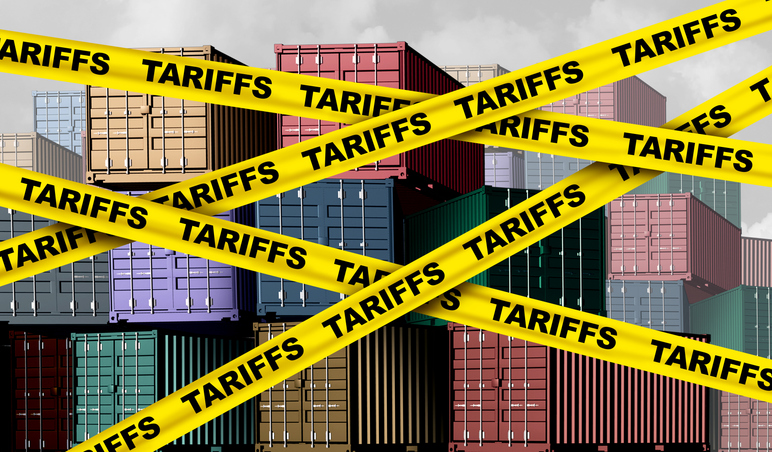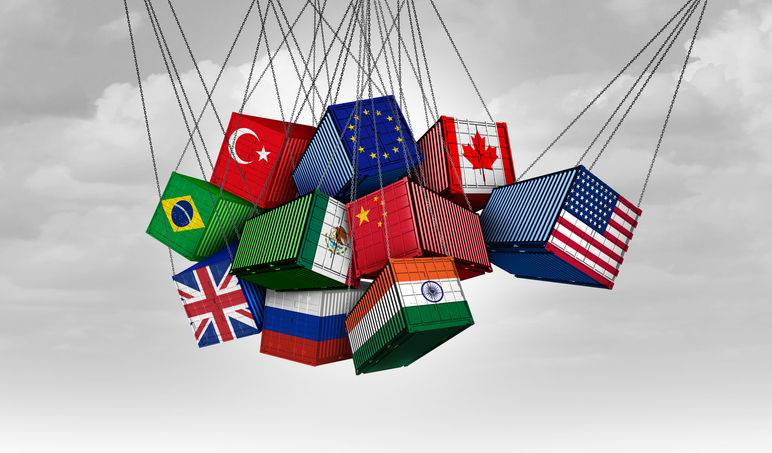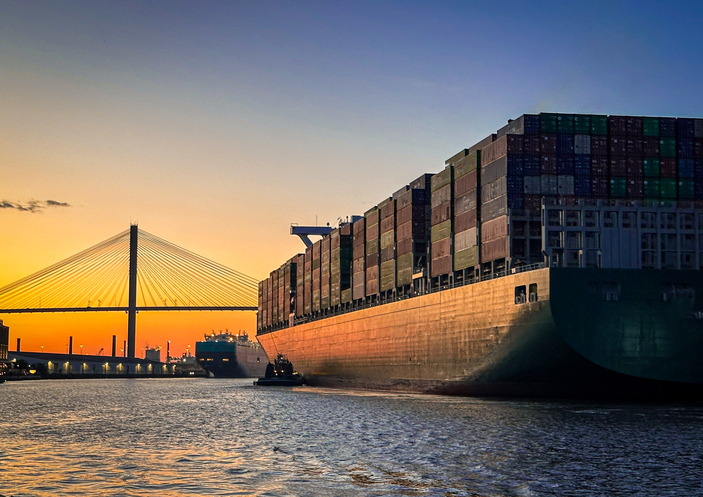The term de minimis refers to a U.S. customs rule that exempts low-value imports—typically under $800—from tariffs. In 2025, the Trump administration eliminated this exemption for goods from China and Hong Kong. Shipments of up to $800 in goods from these regions now face a 54% tariff or a $100 flat fee. This policy change is expected to lead to higher prices for consumers. Platforms like Shein and Temu, which previously benefited from the exemption, will be hit hardest.
A financial advisor can help you respond strategically to new tax laws and tariffs. Connect with a fiduciary advisor today.
What Is the De Minimis Exemption?
The de minimis exemption is a U.S. customs rule. It allows imported goods valued at $800 or less to enter the country duty-free and with minimal customs processing. Originally designed to streamline low-value trade and reduce the burden on Customs and Border Protection (CBP), the rule has become increasingly relevant with the rise of international e-commerce. Platforms like Temu, Shein and AliExpress have used the exemption to avoid triggering tariffs or formal customs declarations on shipments.
The exemption applies per shipment, meaning multiple packages under $800 can be imported on separate days without incurring duties. However, the de minimis rule does not apply equally to all countries. For example, it does not cover goods subject to certain trade restrictions or items considered high-risk or regulated. This includes food, alcohol and pharmaceuticals.
Critics argue the exemption gives foreign sellers an edge over domestic ones that comply with tariffs and taxes. In response, policymakers continue to narrow the scope of the exemption, particularly for imports from China and Hong Kong. This shift could alter the cost advantage that many overseas sellers have long relied on.
Did Trump Eliminate the De Mininis Exemption?

Yes, in 2025, President Trump eliminated the de minimis exemption for imports from China and Hong Kong. The policy change was enacted through an executive order signed on April 2, 2025, and took effect on May 2, 2025.
Ten days later, Trump announced a new deal with China to temporarily reduce tariffs on goods from that country. As part of that deal, goods that previously benefited from the de minimis exemption now face a 54% tariff, down from 120%.
While the 54% or $100 tariff applies to postal parcels, commercial carriers like UPS, FedEx, and DHL may be subject to different rules. Citing two delivery experts, Reuters reported that low-value packages carried by these companies will be subject to a 30% duty.
The removal of the de minimis exemption is part of a broader strategy to address trade imbalances and concerns over illicit goods entering the U.S. Following the policy change, packages from China and Hong Kong became subject to standard duties and inspections. This led to increased costs and potential delays for consumers.
While the exemption remains in place for imports from other countries, the Trump administration has indicated plans to reevaluate this policy globally. The elimination of the exemption marks a shift in U.S. trade policy that will impact international e-commerce and consumer prices. Here’s how to know if a good is tariffed.
How Eliminating the De Minimis Exemption Fits into Trump Tariffs
Eliminating the de minimis exemption for goods from China and Hong Kong is a tactical part of President Trump’s larger tariff agenda. The exemption had allowed foreign e-commerce sellers to avoid paying duties on shipments under $800, creating a price advantage over U.S. businesses. Trump’s 2025 executive order removed that advantage by requiring tariffs on all qualifying shipments, regardless of value. This move closes what his administration sees as a major gap in tariff enforcement.
Trump’s tariff plan aims to cut the U.S. trade deficit by making foreign goods more expensive and encouraging people to buy American. He often points to the gap between what the U.S. imports and exports, especially with China. Removing the de minimis exemption makes even low-cost imports subject to tariffs, reducing the advantage foreign sellers had over U.S. businesses.
Another goal is to support U.S. manufacturing. By applying tariffs to more imports, including small shipments that used to be tax-free, Trump wants to level the playing field for American companies. U.S. retailers say they’ve been hurt by overseas sellers who avoid the taxes and rules they must follow.
Removing the de minimis exemption also helps Trump use tariffs as a bargaining tool. It lets the administration pressure countries like China and crack down on illegal or fake goods without needing new laws. This fits with Trump’s broader goals of promoting U.S. security, economic independence and less dependence on foreign supply chains.
De Mininis Timeline: Key Moments in 2025
The de minimis exemption became a focus of U.S. trade policy in 2025 amidst a series of escalating tariff measures. What began as broader trade actions targeting China and other countries eventually included a direct rollback of duty-free treatment for low-value imports.
The timeline below highlights key policy developments and adjustments made throughout the year.
- Feb. 1, 2025: President Trump signs executive orders imposing 25% tariffs on most goods from Mexico and Canada, and 10% on Chinese imports, citing national security concerns under the International Emergency Economic Powers Act (IEEPA).
- March 4, 2025: Tariffs on Chinese goods increase by an additional 10%, bringing the total to 20%.
- April 2, 2025 (“Liberation Day”): Trump announces a universal 10% tariff on all imports, effective April 5, and higher “reciprocal” tariffs ranging from 11% to 50% on 57 countries, effective April 9.
- May 2, 2025: The de minimis exemption is eliminated for imports from China and Hong Kong. Now all shipments, regardless of value, are subject to duties and tariffs.
- May 12, 2025: As part of a new trade agreement with China, the U.S. temporarily reduces tariffs on Chinese-origin goods from 120% to 54% for 90 days starting May 14.
Bottom Line

In 2025, the Trump administration reshaped the application of the de minimis exemption as part of a wider tariff overhaul. Removing the exemption for imports from China and Hong Kong, followed by a temporary reduction in associated tariffs, introduced new costs for consumers. It also marks a shift in how low-value imports are treated under U.S. trade law. These changes also reflect broader efforts to use tariff policy as a tool for influencing international trade relationships. Some critics argue this will increase the risk of a trade war.
Tax Planning Tips
- A financial advisor can help you assess how tariffs may impact your investment portfolio or business costs and recommend strategies to manage related risks. Finding a financial advisor doesn’t have to be hard. SmartAsset’s free tool matches you with vetted financial advisors who serve your area, and you can have a free introductory call with your advisor matches to decide which one you feel is right for you. If you’re ready to find an advisor who can help you achieve your financial goals, get started now.
- SmartAsset’s tax return calculator can help you get an estimate how much your next tax refund or balance could be.
Photo credit: ©iStock.com/Donna Brooks, ©iStock.com/wildpixel, ©iStock.com/wildpixel
Read the full article here









